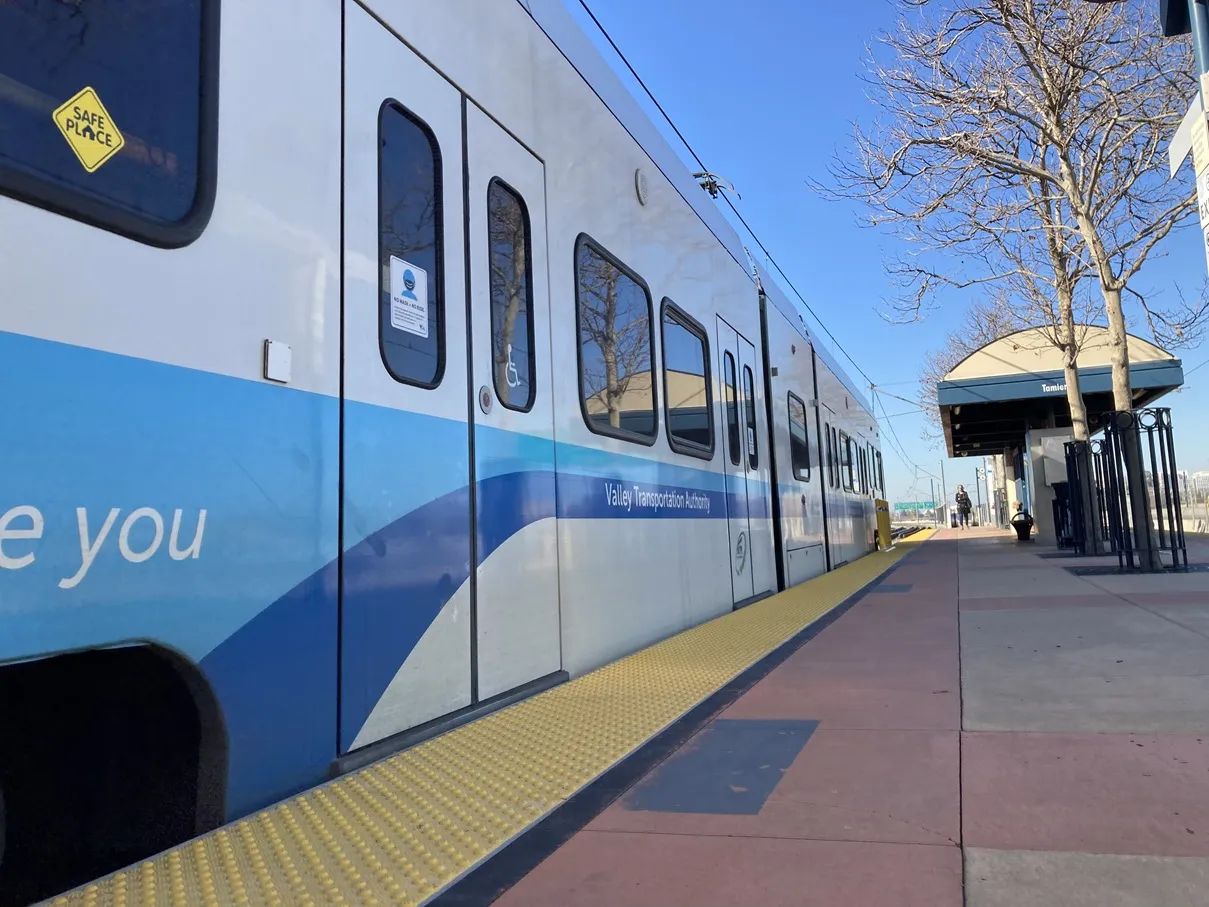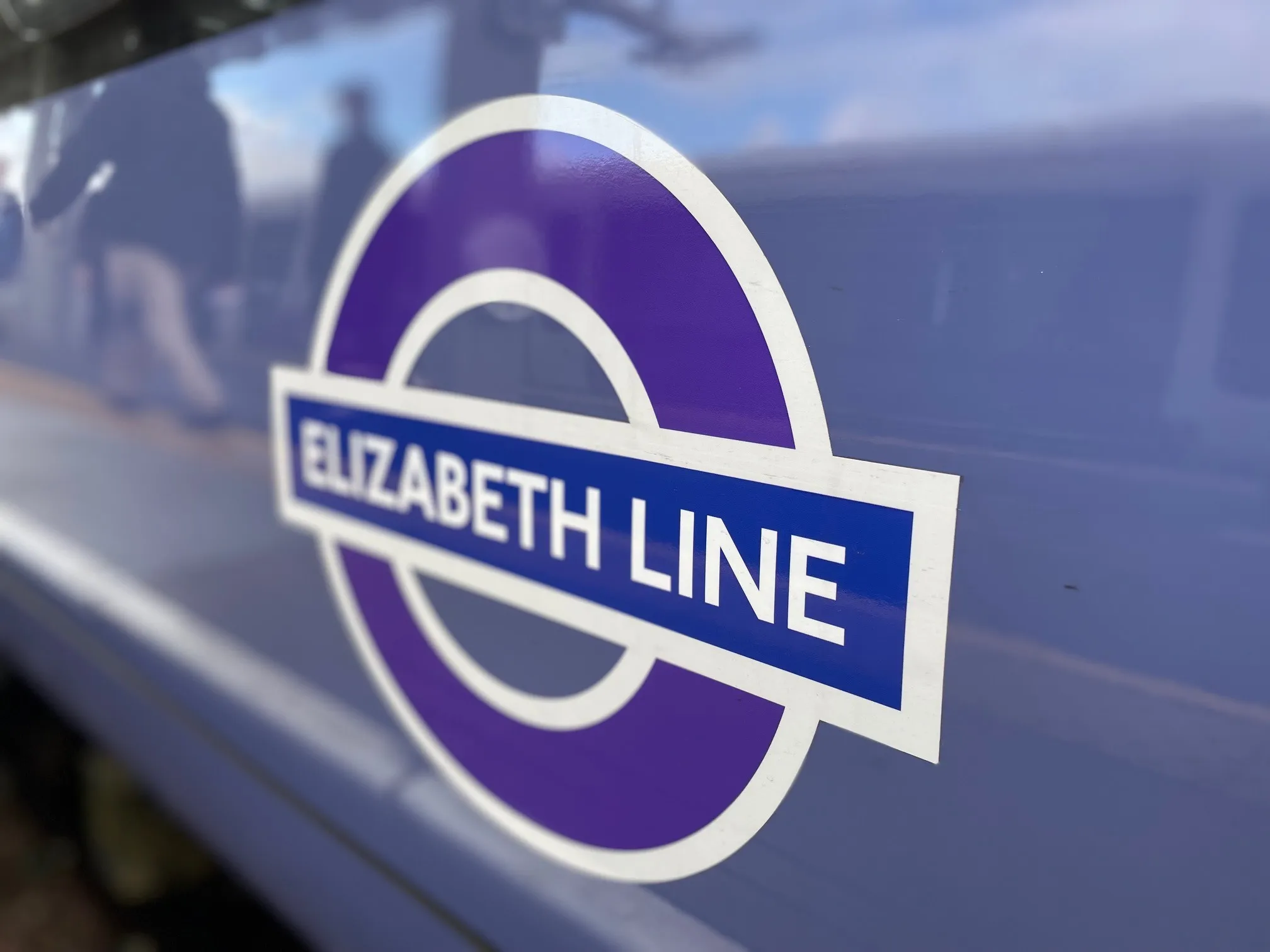
Santa Clara Valley Transportation Authority (VTA) has contracted Econolite Systems for the installation of equipment to detect transit signal priority (TSP) calls at at-grade light-rail intersections.
The installations are at non-gated intersections along four strategic and heavily travelled corridors - Tasman Drive (north corridor), East San Carlos (south corridor), North Capital Avenue (east corridor) and North 1st Street (west corridor).
Econolite’s field services team are responsible for pole-mounted antennas, cable in existing conduits, lightning suppression units, cable grounding kits, wiring of shelf-mount units and wiring of relay switches.
VTA is a special district responsible for public transit services, congestion management, highway improvement projects and countywide transportation planning for the county in the US state of California.
As the public transit service provider for Santa Clara County, including 15 cities, VTA serves a county with a population of 1.8 million, an annual transit ridership of over 35 million, over 1,200 round trip miles for its bus services and 82 track miles for its light-rail services.
VTA has three light rail lines that use an existing TSP system in active operations and are adding a fourth.
The TSP for the light rail lines is based on embedded detection in the exclusive right-of-way to trigger service calls for TSP. TSP was operational on 97 signalised intersections within the cities of Milpitas, San Jose, Santa Clara and Sunnyvale, as well as the County of Santa Clara on light-rail lines with nearly 100 light-rail vehicles.
Econolite is also in coordination with the cities of San Jose, Sunnyvale, Santa Clara and Milpitas, as well as the County of Santa Clara and Caltrans – California Department of Transportation - for the installation of the intersection equipment along the four corridors.
As part of VTA's TSP detection upgrade project, the new equipment will also provide wireless light-rail vehicle detection that can be used by other local agencies for emergency vehicle preemption.









